BEYOND

BAD GIRLS
Beyond

Bad Girls
{ gender, violence and hype }
Meda Chesney-Lind and Katherine Irwin
Routledge
Taylor & Francis Group
270 Madison Avenue
New York, NY 10016
Routledge
Taylor & Francis Group
2 Park Square
Milton Park, Abingdon
Oxon OX14 4RN
2008 by Taylor & Francis Group, LLC
Routledge is an imprint of Taylor & Francis Group, an Informa business
Transferred to Digital Printing 2008
International Standard Book Number-13: 978-0-415-94828-9 (Softcover) 978-0-415-94827-2 (Hardcover)
No part of this book may be reprinted, reproduced, transmitted, or utilized in any form by any electronic, mechanical, or other means, now known or hereafter invented, including photocopying, microfilming, and recording, or in any information storage or retrieval system, without written permission from the publishers.
Trademark Notice: Product or corporate names may be trademarks or registered trademarks, and are used only for identification and explanation without intent to infringe.
Library of Congress Cataloging-in-Publication Data
Chesney-Lind, Meda.
Beyond bad girls: gender, violence and hype / Meda Chesney-Lind and Katherine
Irwin.
p. cm.
Includes bibliographical references.
ISBN 978-0-415-94827-2 (cloth) ISBN 978-0-415-94828-9 (pbk.)
1. GirlsUnited StatesPsychology. 2. Mass media and girlsUnited States. 3.
Violence in childrenUnited States. 4. Violence in adolescenceUnited States. I.
Irwin, Katherine. II. Title.
HQ777.C535 2007
305.23082'0973dc22
2006102808
Visit the Taylor & Francis Web site at
http://www.taylorandfrancis.com
and the Routledge Web site at
http://www.routledge.com
To Margaret Renton Chesney, my mother, for encouraging me to ask questions
Meda Chesney-Lind
and
To my parents Fran, Marsha, and John for all your support through the years
Katherine Irwin
Contents
We have long felt the need for a book that presents the facts, such as we know them, about girls violence, while also talking back to the media images of bad girls that bombard us daily. We also wanted to chronicle the serious and real world consequences of this misogynistic framing of girlhood for all girls, but most particularly girls of color. Fortunately for us, many at Routledge shared our sense that this was an important project, and they have been incredibly supportive and helpful. In fact, because it took us far longer than we expected to pull this effort together, we have had the good fortune to work with three editors. Thanks, initially, to Ilene Kalish who was so supportive and helpful in the development of the idea of this book, and who helped us sail through the early prospectus review process. David McBride kept us on track, and Gerhard Boomgaarden ultimately helped us pull the project together. Thanks also to Anne Horowitz, Heather Yarrow, Amy Rodriguez, Christian Munoz, and others at Routledge for their support and efficiency in the many layers of production and promotion of the book. Finally, thanks to the reviewers at both ends of the process who provided us with much needed scholarly and intellectual guidance.
We have also received wonderful support from colleagues and friends at the University of Hawaii and elsewhere. We would specifically like to acknowledge the support of the Departments of Sociology, the Womens Studies Program, and the Asian Pacific Islander Youth Violence Center at the University of Hawaii. Here, thanks particularly to Janet Davidson, Konia Freitas, Susan Hippensteele, David Johnson, David Mayeda, Scott Okamoto, Lisa Pasko (now at the University of Denver), and Karen Umemoto. University of Hawaii graduate students such as Corey Adler, Michael Dziesinski, Amanda Hall, Amy Matsen, Vickie Paramore, RaeDeen R. Karasuda, Kristina Lawyer, and Jonathan Jarvis were especially interested in and supportive of our research and for this we are very appreciative. Rachel Bradshaw provided outstanding advice and assistance while editing early drafts of several chapters. Katys siblings, Jeanette Irwin, Anne Irwin, Johnny Irwin, Dave Mosick, and Cliff Sarkin lent their insights and space in their homes for this project. We deeply appreciate that.
We also want to thank the staff at Girls Court in Hawaii who also let us see that sometimes good things happen, even in your own back yard: here many thanks to Judge Frances Wong, Judge Karen Radius, and Rachel Yuen for believing in girls programming in Hawaii. We would like to recognize the important but largely informal national network of academics, policy activists, and practitioners who have tirelessly encouraged and nurtured a national focus on girls in the juvenile justice system. Special thanks from us to Sibylla Artz, Barbara Bloom, Lyn Mikel Brown, Jeff Ferrell, Russ Immarigeon, Dan Macallair, Rebecca Maniglia, Merry Morash, Kathy Nesteby, Barbara Owen, Lori Rinehart, Robin Robinson, Paula Schaefer, Randy Shelden, Melissa Sickmund, Nan Stein, Giovanna Taormina, and Mary Scully Whitaker. Finally, many thanks to the girls and young women who spoke with us for this book, and who have spoken to us in the past about their lives and their experiences with the juvenile justice system. In truth, this book is for all of you!
For helping to provide a healthy balance between work and home, we also want to thank Ian Lind for his unfailing support over the years, and Lou Ortiz for his endless patience, understanding, and humor.
1
Girls Gone Wild?
It seems like the news about girls is increasingly grim, at least if you rely on the mass media. While weve always known about bad girls, in the past decade weve been jolted by media images of gangster girls, every bit as menacing as their male counterparts, even portrayed as peering at the world over the barrel of a gun. As we entered the twenty-first century, popular culture suddenly discovered mean girls, backstabbing their way to popularity, and now, only a few years later, it seems as though our mean girls have suddenly turned violent. Do we now need to worry about girls committing savagery in the suburbs as one recent headline in Newsweek announced (Meadows and Johnson 2003)?
While girls aggression and violence have dominated girl culture literature in the new millennium, keep in mind that a few years previously we were worried about girls for a different reason. Piqued by Piphers Reviving Ophelia (1994), which railed against girls plummeting self-esteem during adolescence, adults in the nineties were concerned with the poisoned and sexist culture that encouraged girls to fall behind boys in a number of ways. Girls, more than boys, for example, lost self-esteem during adolescence, monitored and felt badly about their looks and their bodies (Brumberg 1997), and were sexually harassed at school (Orenstein 1994; Stein 1999). Now, instead of falling behind boys, girls are said to be catching up with boys in dangerous ways. But are todays girls really seeking equality with boys in crime the same way they have in soccer? The notion has a clear intuitive appeal. It seems obvious to many that as girls seek equality with boys, they run the risk of picking up the downsides of masculinity, including aggression and violence.


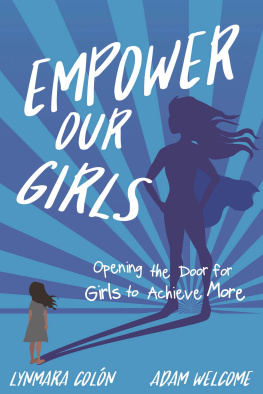
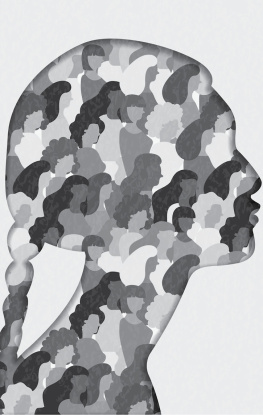
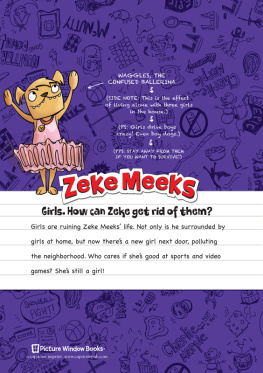
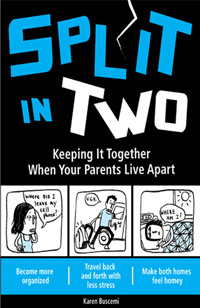


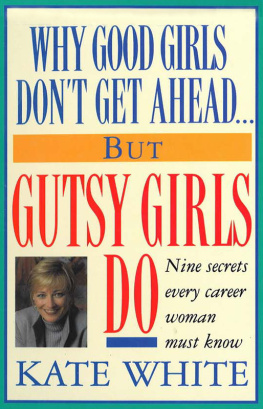

 BAD GIRLS
BAD GIRLS Bad Girls
Bad Girls